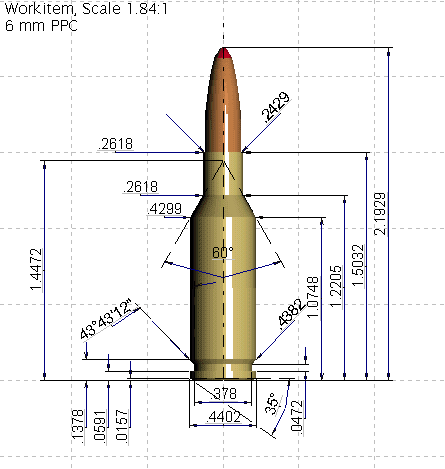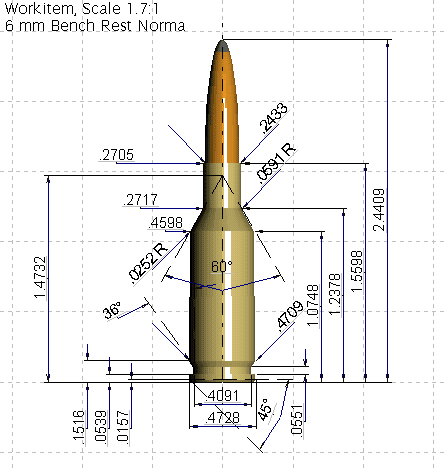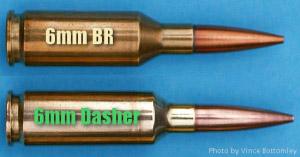I only read thru the first 3 pages of this thread, but for the most part, i agree with much of what has been stated. Most cartridges can achieve very good accuracy with good components, proper assembly, loads tuned to the rilfe pkg., and most of all, what someone stated, "the nut behind the trigger"!
Having said all that, I do believe that there are designs that give an advantage and make accuracy easier to attain. Also, there are designs that are more efficient, easier on cases, throats, etc. Another factor is "how comfortable is the round for the shooter" which coincides with "the nut behind the trigger". It only stands to reason that if you had two rifles with potentially equal accuracy, but one has 20 ft. lbs. of recoil and the other 50, the one with 20 will very likely put better groups on paper.
I think for most us, we like to balance what kind of velocity we want, what distance we are shooting, what is the intended target, etc.
My personal preference in the cartridges that I have designed attempts to incorporate many of the above mentioned. I like velocity, but not at the expense of having to swap barrels every 1000 rounds or less. I like minimal body taper and a sharp shoulder to reduce case stretching and prolong case life. I like a neck long enough to adequately support long bullets which I believe makes accuracy easier to attain. A longer neck, in conjunction with a sharp shoulder, also keeps the flame point directed more inside the case neck, rather than directly into the throat. This increases throat life, and in turn, keeps the rifle accurate longer. In the case of my SS design, I believe that the very short powder column significantly increases performance over equal capacity long cases. I also believe that "the potential" for accuracy increases because ignition is more consistent. The bottom line is that no one thing, or even combination of things, guarantees an accurate cartridge, but there are certainly ADVANTAGES in a design. My two cents......Rich
 Help Support Long Range Hunting Forum
Help Support Long Range Hunting Forum




